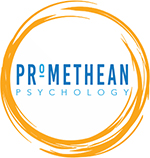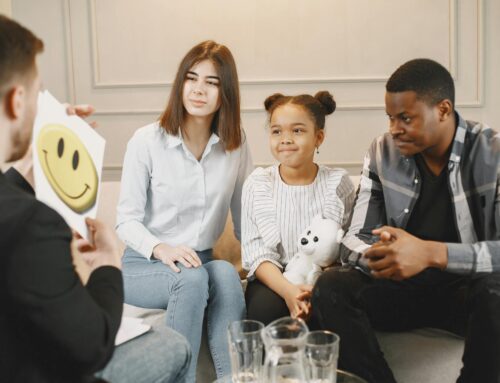Of all the ways I have heard attention deficit hyperactivity disorder (ADHD) described, Russel Barkley’s (2020) description is my personal favorite. A leading expert on childhood ADHD, Barkley succinctly describes ADHD as “…a relative impairment in how behavior is self-regulated, organized and directed toward the tomorrows of life.” As this definition implies, childhood ADHD is a complex condition with many facets. Embedded in its complexity lies a variety of ways caring adults can effectively lead a child with ADHD. Below are my personal top five pearls for any adult tasked with leading a child with ADHD.
1.) Harness the Power of Positive Attention
Our proclivity to notice unsafe or “bad” behavior in children is an adaptive mechanism that helps keep children safe. Research suggests, however, that a child with ADHD is likely to experience a far higher ratio of negative feedback than positive or neutral feedback. Children with ADHD are constantly being scolded for their hyperactive, impulsive and inattentive behaviors. In fact, adults in charge are typically so focused on calling attention to poor behaviors in children with ADHD that they can easily forget to call out the positive behaviors. One of the basic principles of psychology asserts that behavioral change is more likely to occur when a desirable behavior is positively reinforced as opposed to punishing an undesirable behavior. I recommend paying close attention and “catching” a child being good more often than catching the bad.
2.) Use consequences sparingly
While consequences have their place in producing healthy behavioral changes in children, they are often overused. Given the inherent struggles associated with ADHD, such children may already experience their world as a punishing place. They are often recipients of daily negative feedback from adults in charge and, in less friendly ways, their peers. Consequences are best reserved for a finite number (i.e., 2-3) of defined misbehaviors that are relatively infrequent. For other misbehaviors occurring more often, it is usually more effective to reward the positive-opposite of that particular misbehavior. For example, instead of administering a consequence each time a child blurts out an answer in class, a teacher would be well advised to praise and reward instances when the child raises her hand.
3.) Set up an informal peer support team
For a variety of reasons, children with ADHD can struggle to establish and maintain peer friendships. Children, especially younger ones, may require more help from their caregivers to make friends. I often coach parents of children with ADHD to encourage their child to invite one friend over to their house. Specifically, I recommend choosing a peer that shares similar interests with their child. Furthermore, while unsupervised play is vital for a child’s development, I recommend keeping play dates (mainly for younger children) somewhat structured at first. More structured playdates are particularly helpful for children who are still honing their social skills. Take for example the hypothetical case of Timmy, an eight-year-old boy who was recently diagnosed with ADHD. Timmy’s parents may encourage him to invite Eli, a classmate who shares Timmy’s keen interest in Pokemon, over to their home for a playdate. When Eli arrives, Timmy’s parents already have semi-structured activities in place (e.g., Pokemon card sharing, playing a board game together, etc.). Structured play dates provide children with ADHD a better chance at fostering a longterm friendship. Of course, once Timmy and Eli establish a friendship, such structure is no longer needed.
4.) Have a Game Plan for Solving Problems
Every day, families are tasked with solving problems both big and small. Many problems often involve a conflict between a parent and a child. Take for instance Sarah, an 11-year-old with ADHD, who often forgets to brush her teeth in the morning. Sarah’s parents find themselves increasingly frustrated and bewildered as to why this seemingly routine task is difficult for her. While Sarah’s parents may be inclined to issue a consequence every time Sarah forgets to brush her teeth, a collaborative approach is more useful. A collaborative approach involves sitting down with Sarah, empathically listening to her perspective, and collaboratively deciding upon one solution to try for a week. One of the best approaches to collaborative problem solving is outlined in Ross Green’s acclaimed book, “The Explosive Child.” Of all the books I recommend to families, this is the one I recommend most often.
5.) Bring the Unspoken to Life
Working memory refers to one’s ability to hold information in conscious awareness for a sustained period of time. Working memory impacts a child’s ability to remember to hang their towel after showering, grab their lunch box before leaving for school, or keep track of time. Parents often end up assuming their child has a tacit understanding of their expectations. However, research suggests that children with ADHD often have deficits in their working memory capacity. Therefore, such assumptions by parents inevitably lead to frustration and strife between children and parents. I recommend bringing unspoken assumptions to life with visual reminders displayed throughout the house. What are the 3-5 household rules? What are the 3-5 daily expectations of your child? What are the five tasks your child needs to complete before leaving for school? Bringing these expectations to life helps facilitate a child’s working memory.






